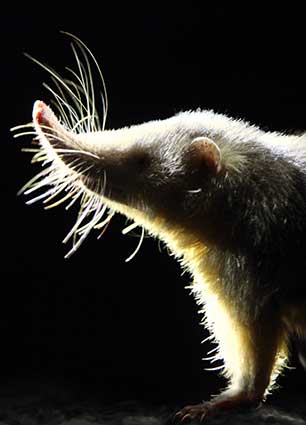
Dominican Republic
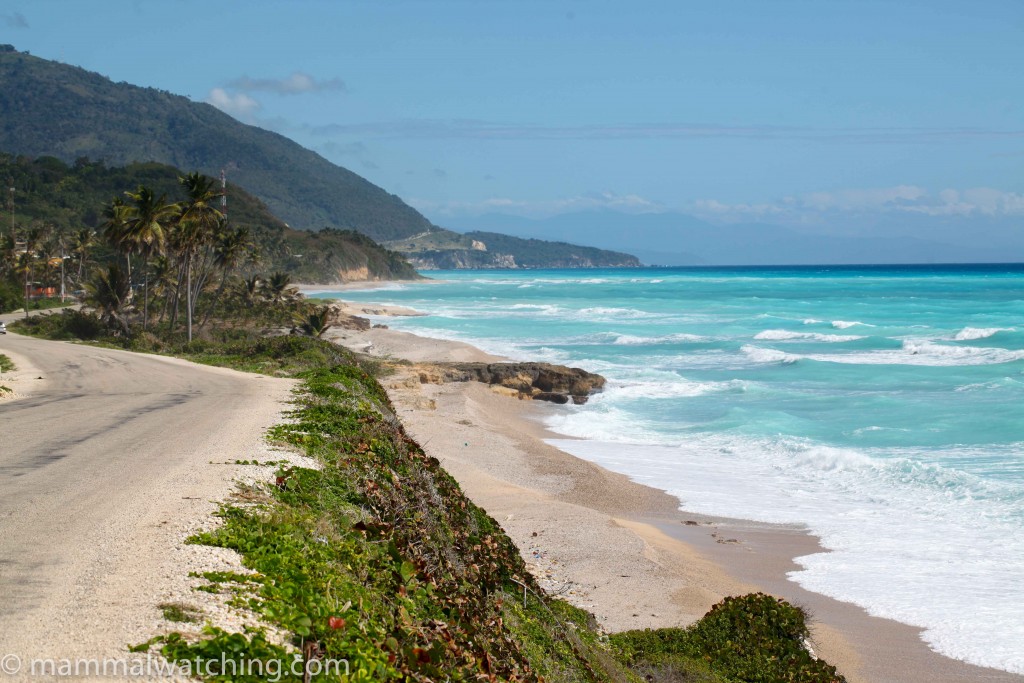
The Southern Coast
I’d long thought that I’d be more likely to run into a Unicorn than a solenodon. But in 2010 rumours began to reach me that they were findable in the right place, at the right time and with the right guide in the Dominican Republic.
Four years, and many emails later, Fiona Reid, Vladimir Dinets and I took a short trip to go look for them. We organised the trip through Jorge Brocca who runs the Dominican Ornithological Society but might be more interested in mammals thank birds, and who can blame him? He was also one of the forces behind the Last Survivors project on the island, set up to protect hutias and solenodons. It was during the field work for this project that the team perfected the art of finding solenodons. But more on this later. Jorge is willing for the society to organise trips, with the profits going to support conservation on the island.
Jorge may well have the busiest phone in the world, so don’t be alarmed if he doesn’t reply in detail to emails. In fact calling, not emailing, him seems far the best way to organise things and he speaks perfect English. He, and his team, did a great job.
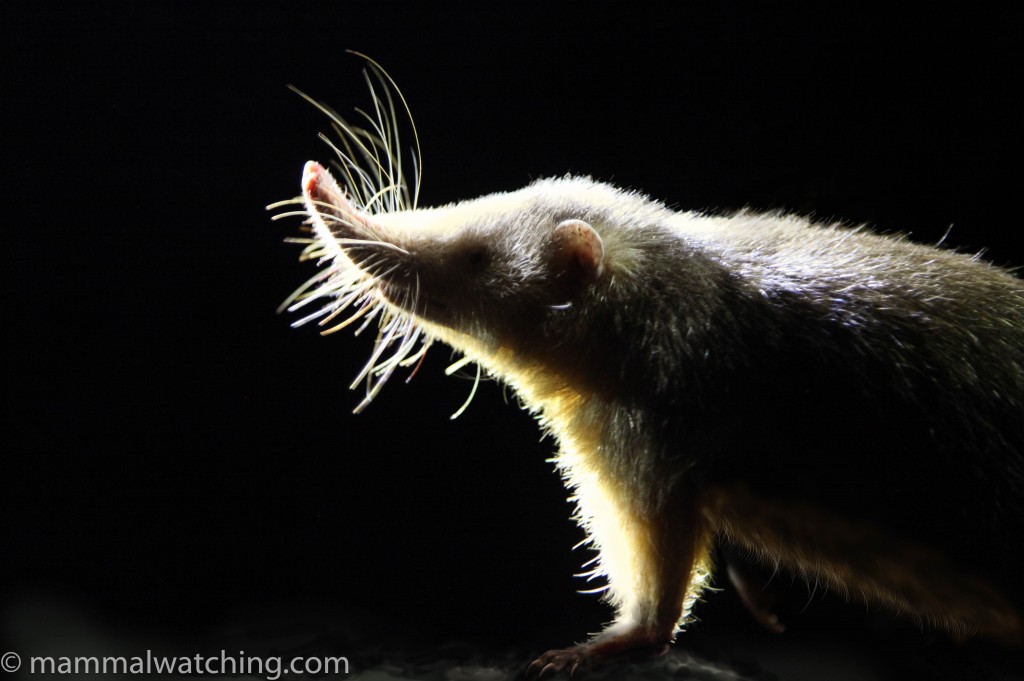
Hispaniolan Solenodon, Solenodon paradoxus
Solenodons and hutias are best found by sound. And they are much easier to hear in the rustling foliage of the dry season. So late January – when we went – is pretty much the optimal time, at least if you are looking in the south west of the country.
Jorge met us at the airport and drove the “six hours” to Pedernales, regional capital of the south west, which was to be our base for three nights. The six hours took Jorge four and a half, including a stop for lunch. I suspect he, and fellow Argentinian Juan Manuel Fangio, share a good deal of DNA or the same driving instructor. ]
We stayed at the basic but friendly Hostal Dona Chava, which may not have hot water (apparently nowhere in town does), but did have fast wifi and a tasty breakfast. For the next three nights we looked for solenodons, hutias and bats. During the day you can go birding which Fiona and Vladimir did, while I chose to do very little.
Pedernales is slap bang in the middle of the best solenodon and hutia populations in the country. It is also home to Nicolas, and his son Christopher, who are probably the best solenodon and hutia trackers in the world. They work together, moving quickly through forest and over the rocky ground, listening for signs of animals. If they hear one they try to grab it and bring it back to the car. This works more often with solenodons than hutias, and if they can’t grab a hutia then one of them will stay under the tree with the animal, while the other collects the punters to have a look. It would have been fun to have gone hunting with them, but I suspect every extra set of footsteps in the forest reduces by half the chance of hearing the animals.
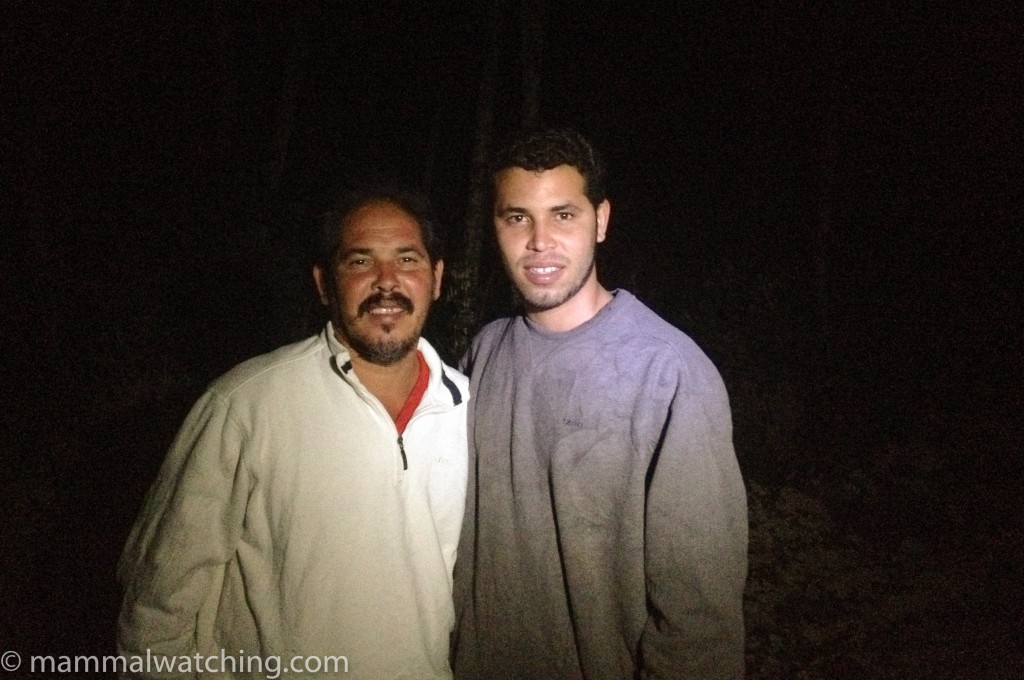
Nicolas and Christopher
Nicolas claimed he was 95% sure we’d see a solenodon, though the odds would decline to about 50% in the wet season. Sure enough, at our third stop on the first night, at around midnight, he caught one in forest adjoining the small village of Las Mercedes, 20 minutes north east of Pedernales. What a spectacular animal!
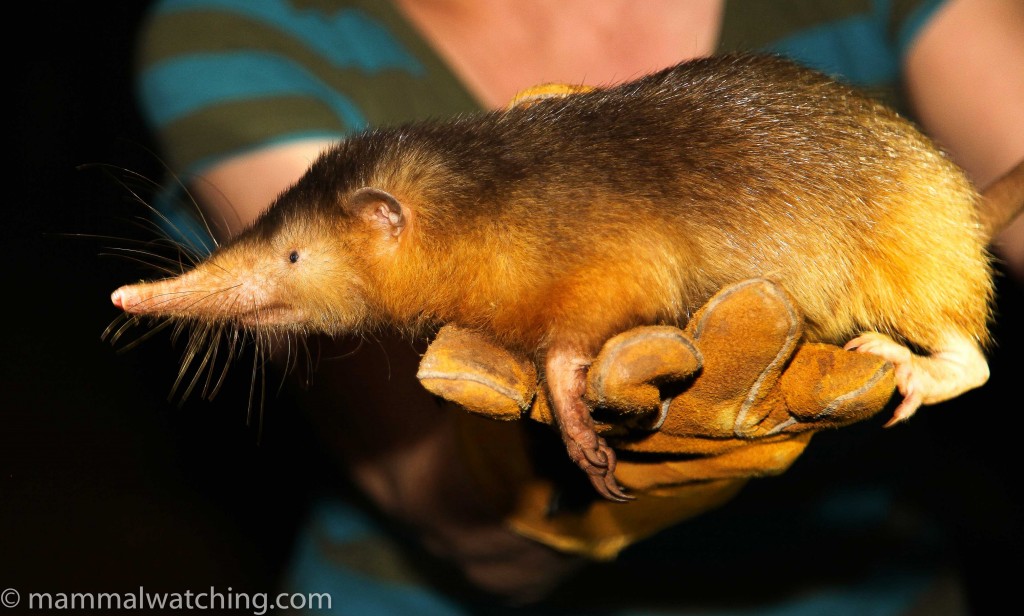
Hispaniolan Solenodon, Solenodon paradoxus
Nicolas grabbed the animal by its tail. They have, of course, a venomous bite that can kill a dog, though the jury is apparently still out on how seriously it effects people: it seems to make some people sick and have no effect on others. We took no chances and wore a welding glove before handling it: venom aside they have impressive claws and teeth.
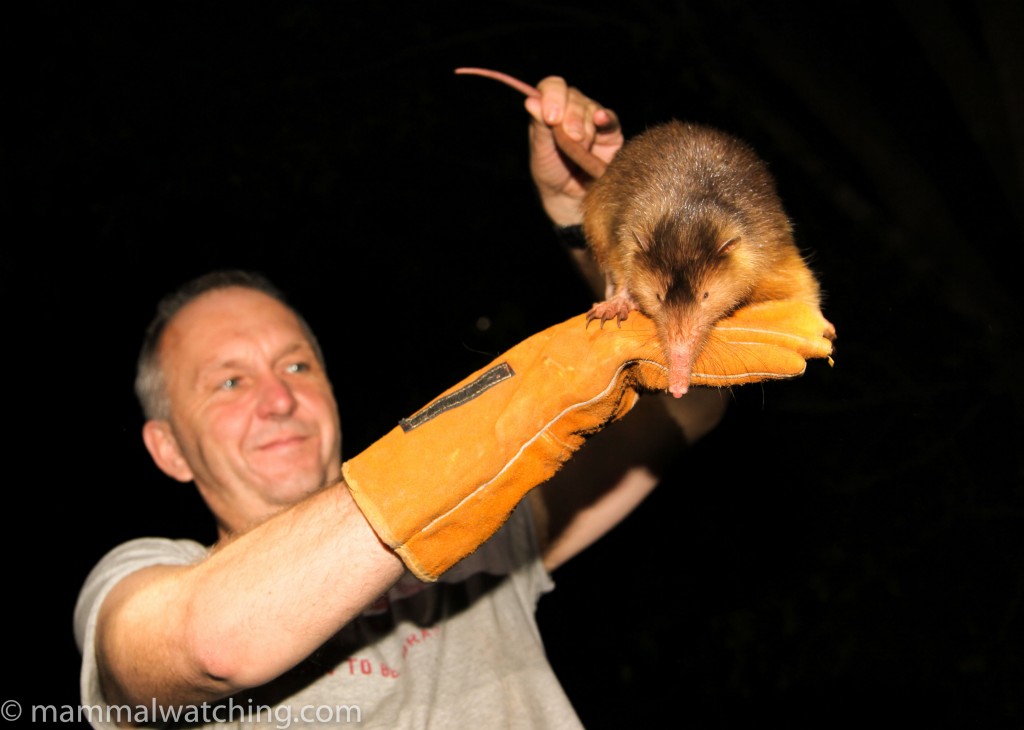
Hispaniolan Solenodon, Solenodon paradoxus
Twenty minutes later we released it and watched it waddle off, at surprising speed, back into the forest.
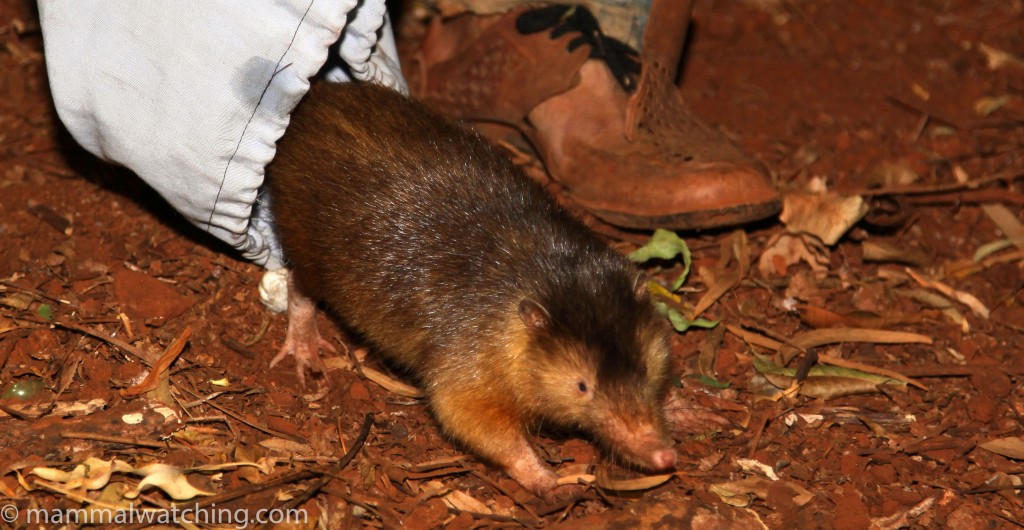
Hispaniolan Solenodon, Solenodon paradoxus
A great start to the trip. And one of my top twenty mammals of all time.
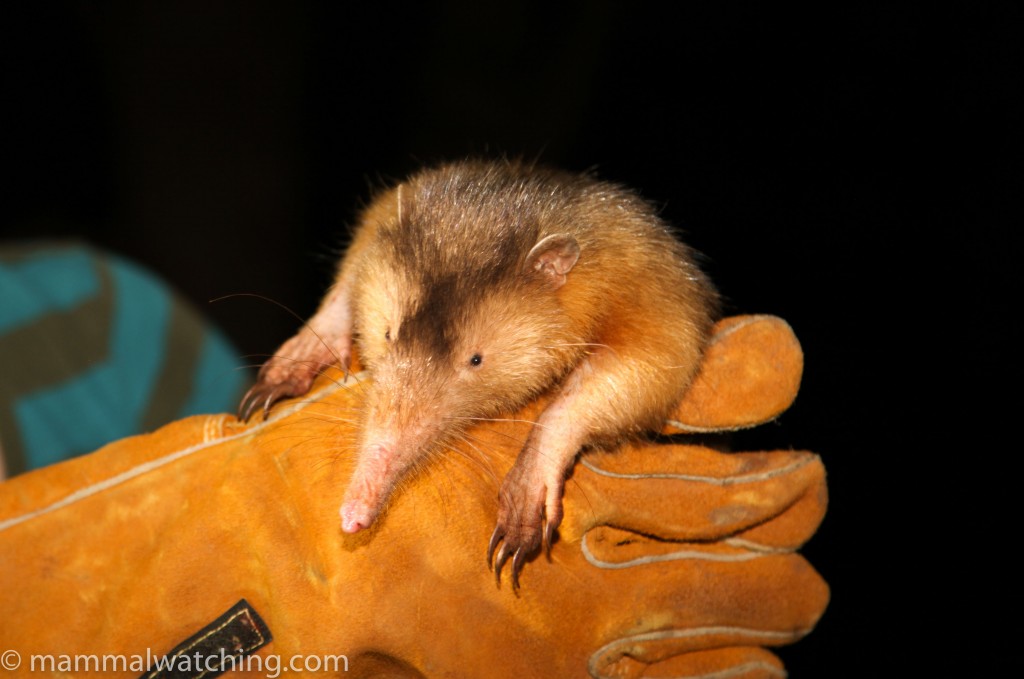
Hispaniolan Solenodon, Solenodon paradoxus
While we were keen to see more solenodons we preferred next to focus on finding a hutia, an altogether harder proposition. Nicolas put the odds at 50% in the dry season, down to 20% in the wet. And so the second night, we looked for hutias in the same area. The guys almost grabbed one, but realised – when they went for it – that they had forgotten the all important glove. Hutias can bite very well.Christopher and Nicolas claimed to have heard a few more over the course of the evening but high in the canopy and out of site. By midnight they gave up and went home.
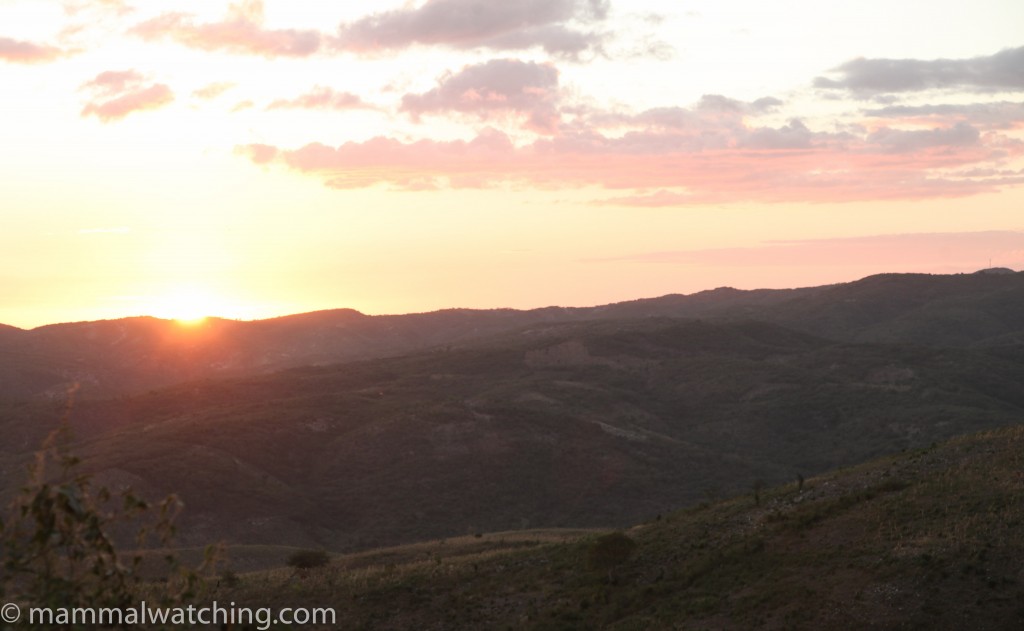
Sunset over Haiti
Night three, our third and final night, and the pressure was on to find a hutia.. Jorge encouraged Nicolas to try another area that is apparently more productive for hutias close to the Haitian border about 10kms north of Pedernales.
We arrived at dusk and after a couple of hours of searching we heard Nicolas’s shouts of triumph. They’d found a group of hutias up the hill. We charged up there and got a great look at one animal in particular. Apparently their warren has been well known to Nicolas for more than 10 years. It really didn’t seem bothered by our presence.
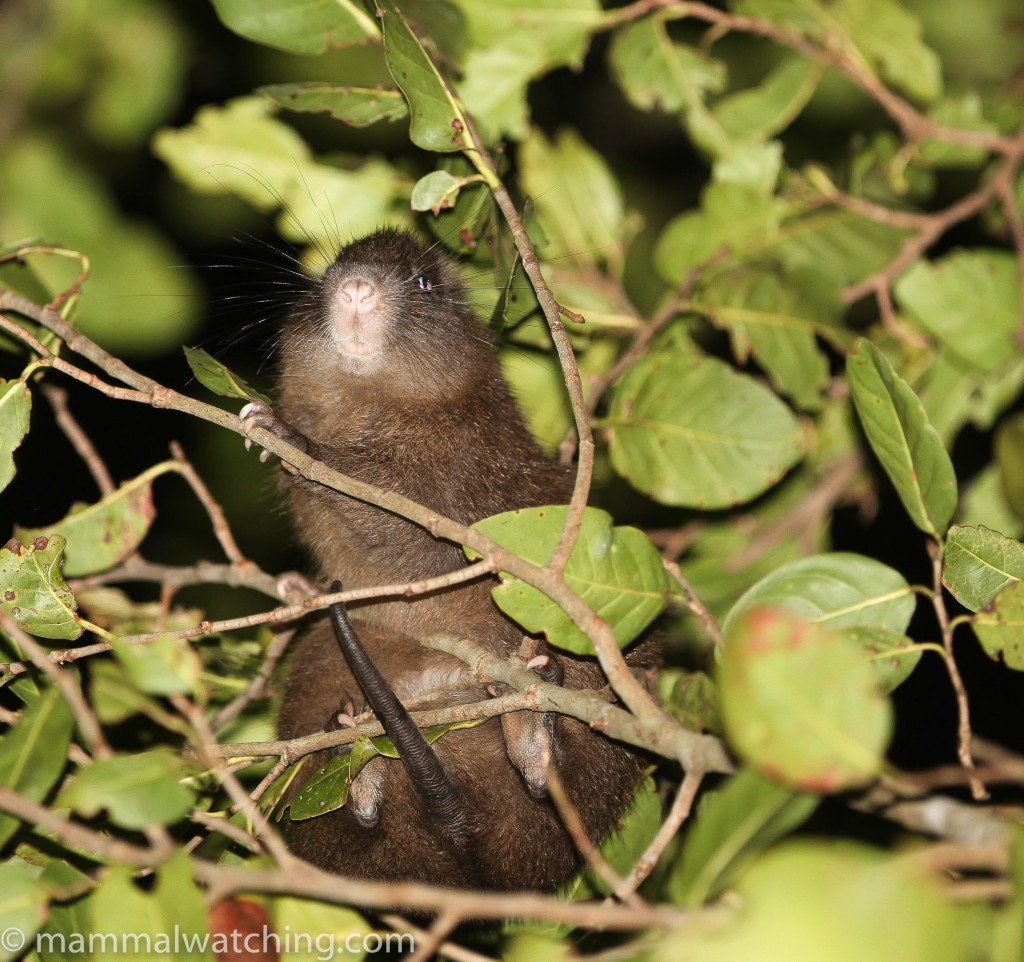
Hispaniolan Hutia, Plagiodontia aedium
Delighted with the hutias, which were far from guaranteed, we went back to town.
Bats
While waiting for the animals each night we caught a few bats.
Jamaican Fruit-eating Bats were everywhere as you might expect
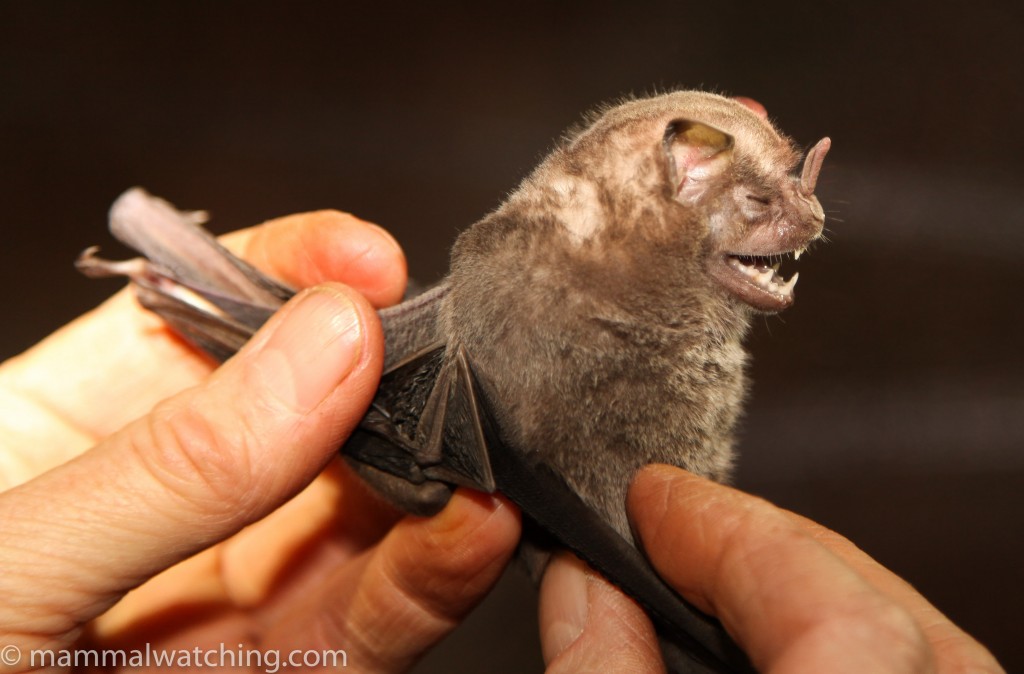
Jamaican Fruit-eating Bat, Artibeus jamaicensis
But we also caught several of the more unusual – and very pretty – Cuban Fig-eating Bats (Phyllops falcatus), with their distinctive pale shoulder patch and broad, translucent, flap of wing membrane between the first and second finger.
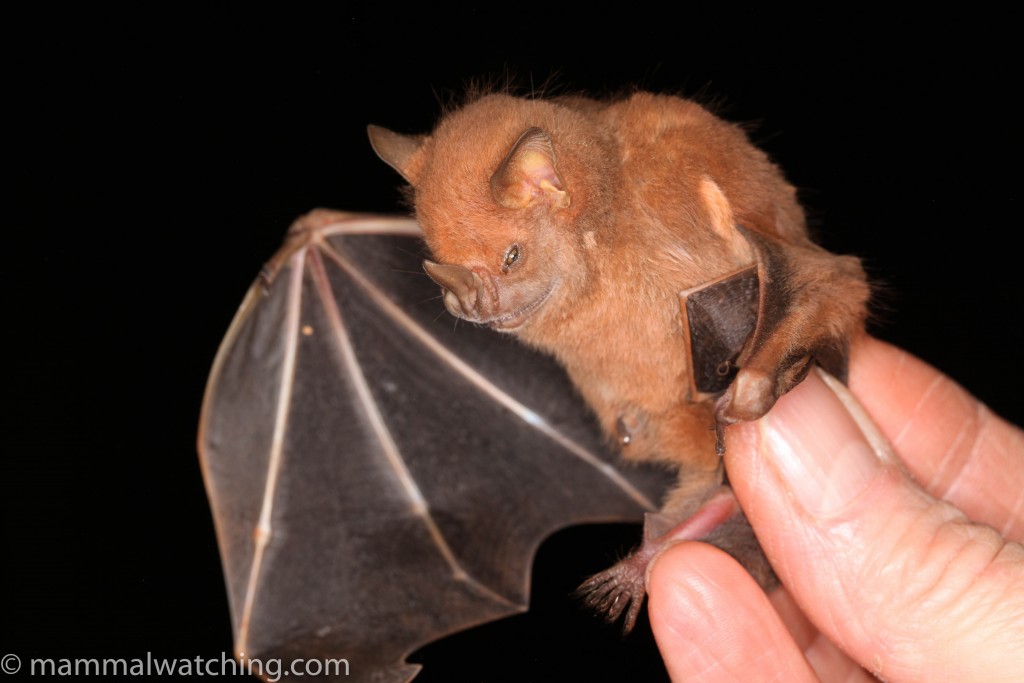
Cuban Fig-eating Bats, Phyllops falcatus
As well as one tiny Cuban funnel-eared bat (Chilonatalus micropus) quite high up a mountain and over a small pond.
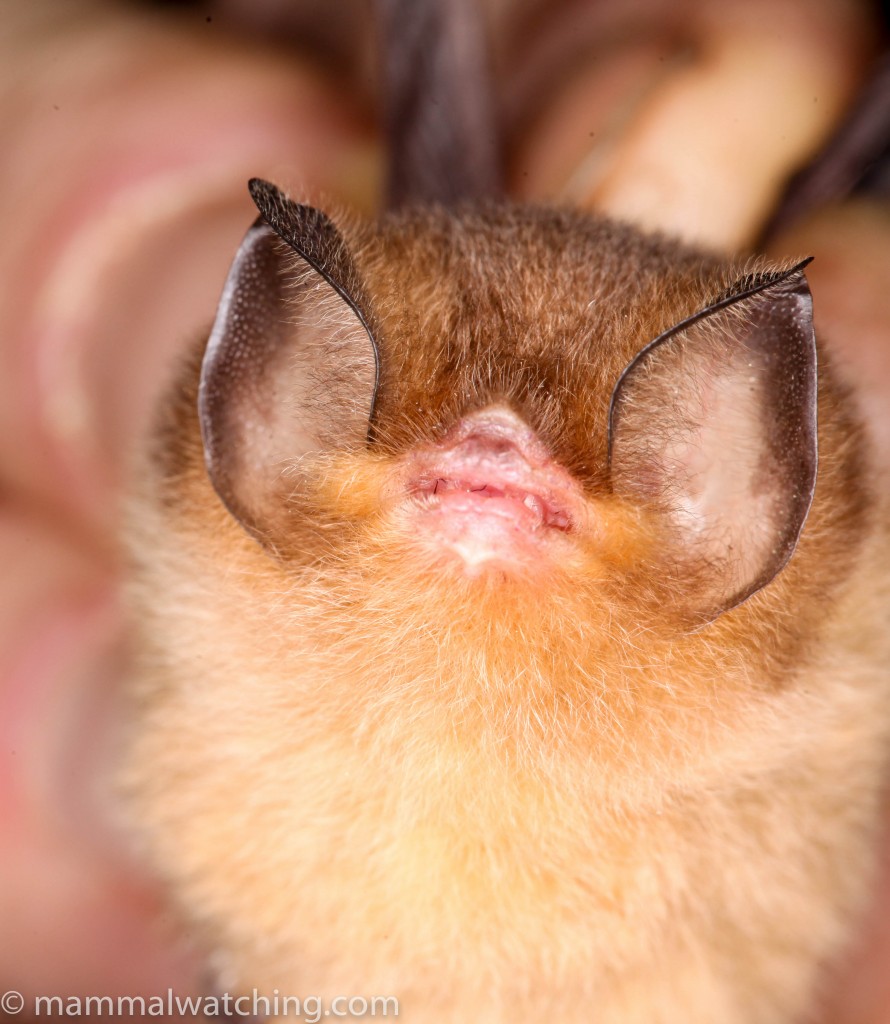
Cuban funnel-eared bat, Chilonatalus micropus
The latter two species were new for me.
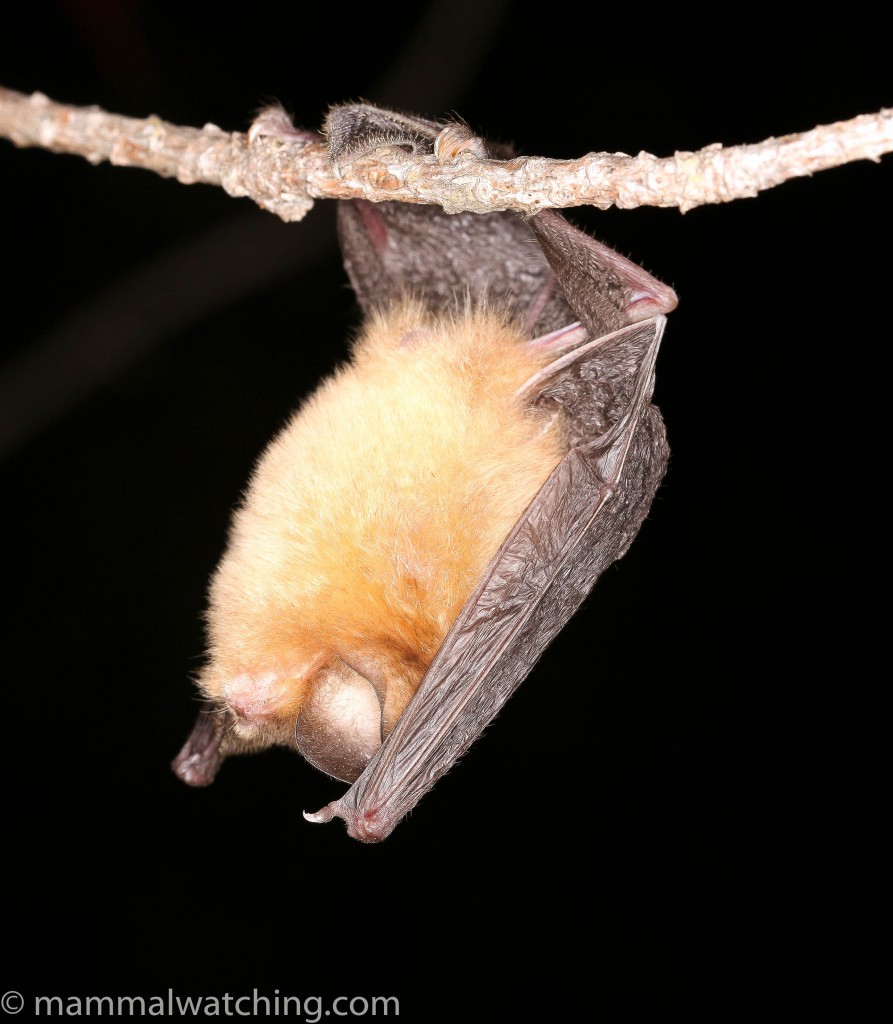
Cuban funnel-eared bat, Chilonatalus micropus
In a cave near Pedernales, I saw my first Waterhouse’s Leafnosed Bats zipping around.
I saw more on Sunday, as we were driving back to Santo Domingo, and stopped at the Los Patos caves, a couple of hours down the road.
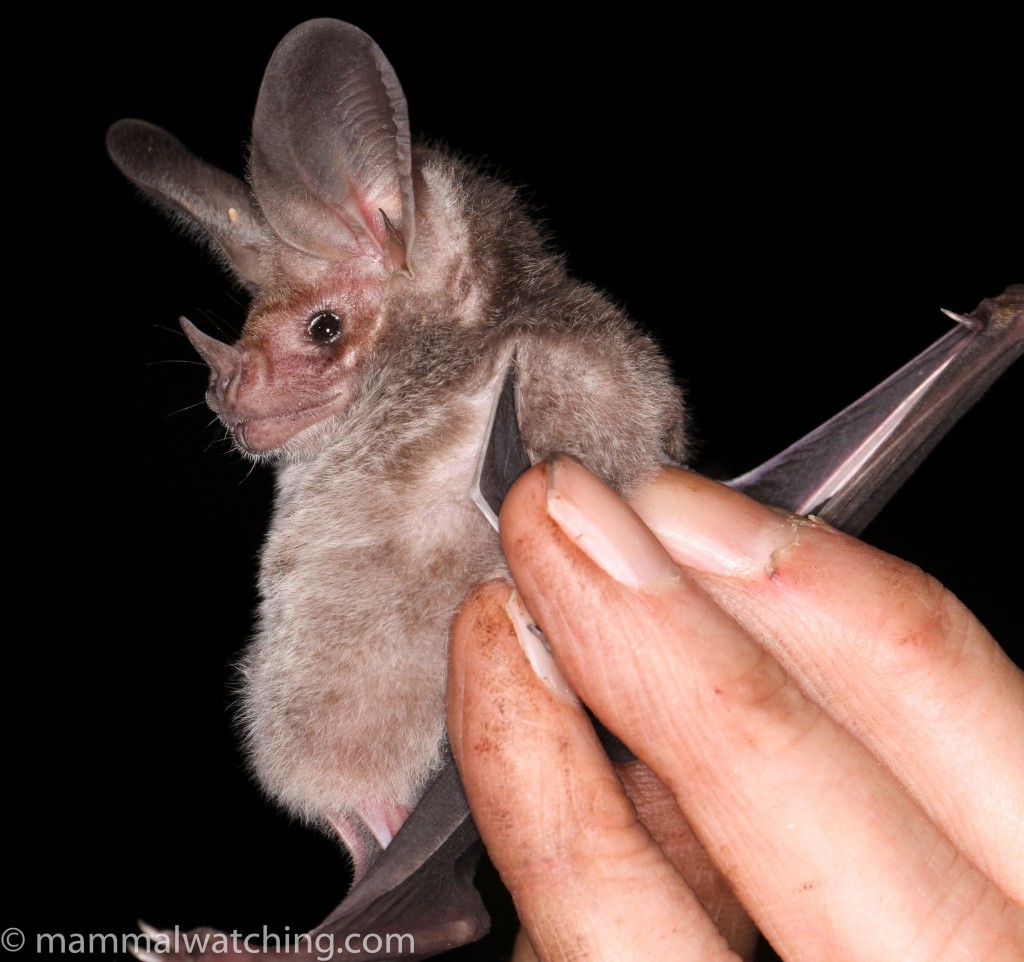
Waterhouse’s Leaf-nosed Bat, Macrotus waterhousii
There were more Jamaican Fruit Eating Bats here too along with huge numbers of Brown Flower Bats (Erophylla bombifrons) which were easy to catch but feisty to handle. The caves are simple to enter and right by the highway. Just ask a local.
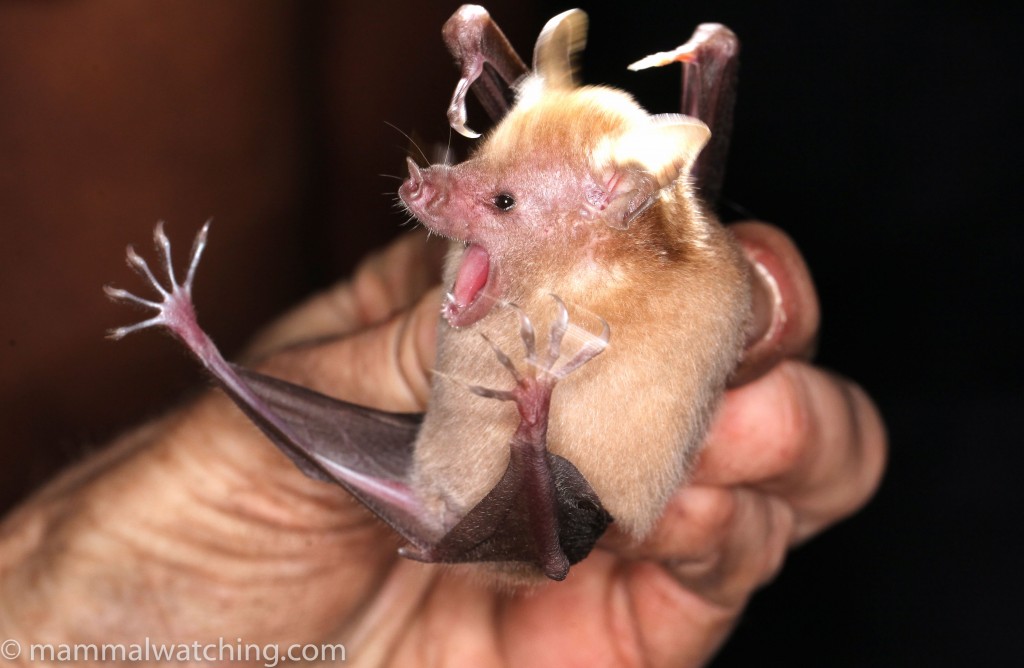
Brown Flower Bats, Erophylla bombifrons
The second stop on the way back was El Pomier Caves, about 45 minutes outside of Santo Domingo. There were huge numbers of Brown Flower Bats here too, as well as a few leaf-nosed bats, but the diversity here, as in Los Patos, was a little disappointing: we’d hoped for Mexican Funnel Eared Bats (Natalus stramineus) and Poey’s Flower Bats (Phyllonycteris poeyi) too for example. However, there are almost undoubtedly other species living in both caves that might be better found using a trap outside after dark.
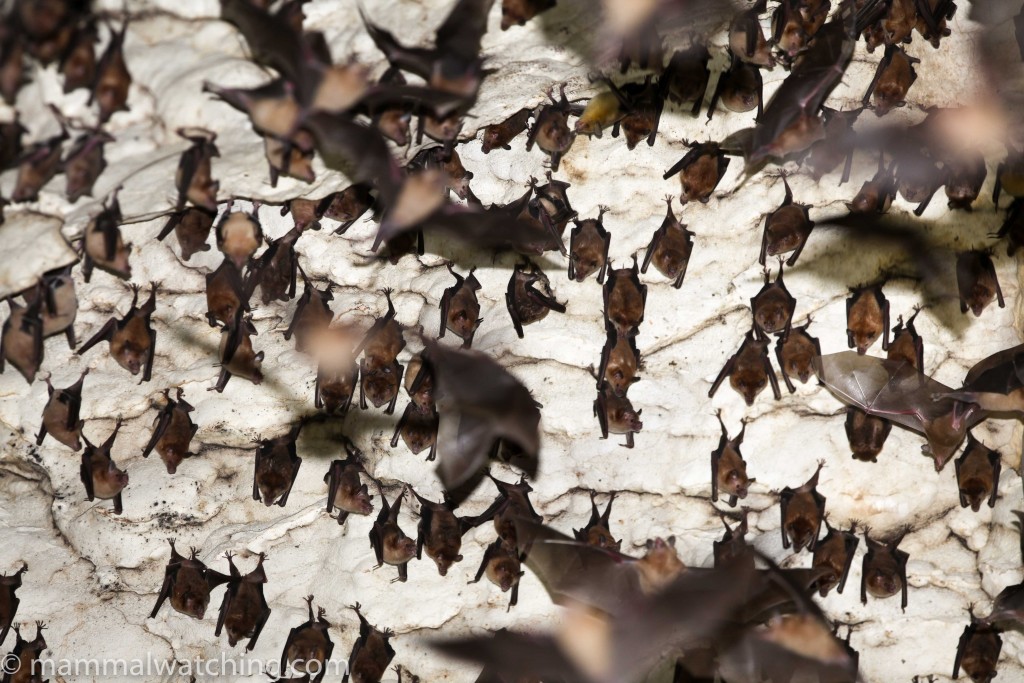
Flower Bats, Erophylla bombifrons, by the thousand in El Pomier Caves
The Dominican Republic is only a four hour flight from New York, but a world away and – in January – a 70F rise in temperature. And a long weekend seems to be enough time to be pretty sure of seeing a solenodon, and to have a good chance for hutia too, especially in the dry season.
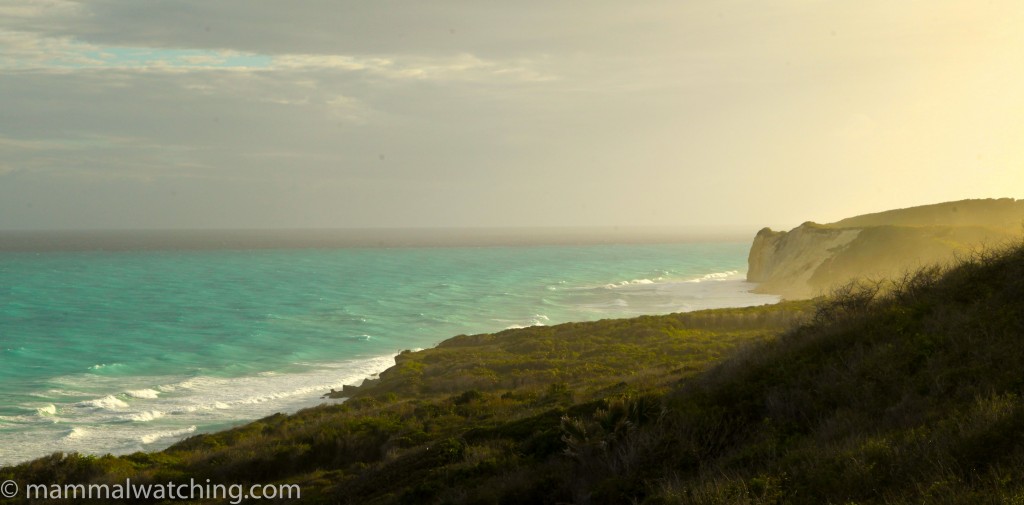
A fun and successful trip with seven species in four days, with five of them new for me, and one – solenodon – in my current Top 10 Most Wanted. My thanks to Fiona Reid and Vladimir for their company and help with the arrangements, and especially to Jorge Brocca for organising it all and to Nicolas and Christopher for finding the two special mammals. Thank you too for whoever caught the $10 lobster I ate on this beach. Sometimes its OK to have a break from the mammals.
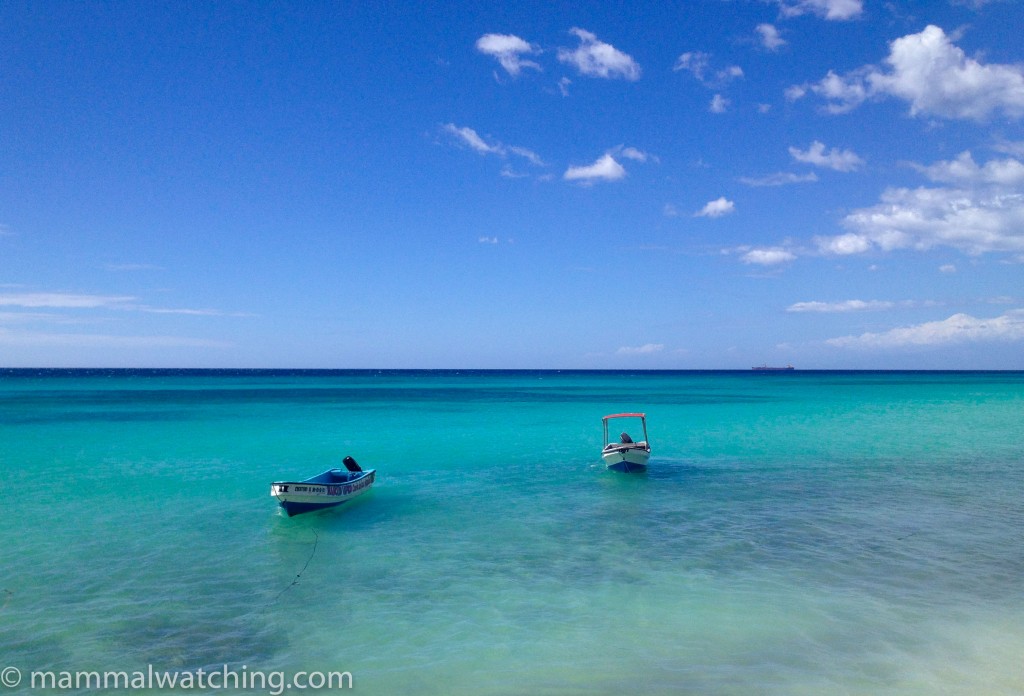
Lobster with a view
Community Reports
Dominican Republic, 2024: Amiel Hopkins, 3 weeks of independent travel & 6 species including Hispaniolan Solenodon and Hispaniolan Hutia
Dominican Republic, 2022: Royle Safaris, 4 days & 5 species including Hispaniolan Solenodon and Cuvier’s Hutia.
Dominican Republic, 2016: Royle Safaris, 5 days & 8 species including Solenodon and Hutia.
Also See
Hispaniolan Solenodon (Jan 2009).


Leave a Reply
You must be logged in to post a comment.